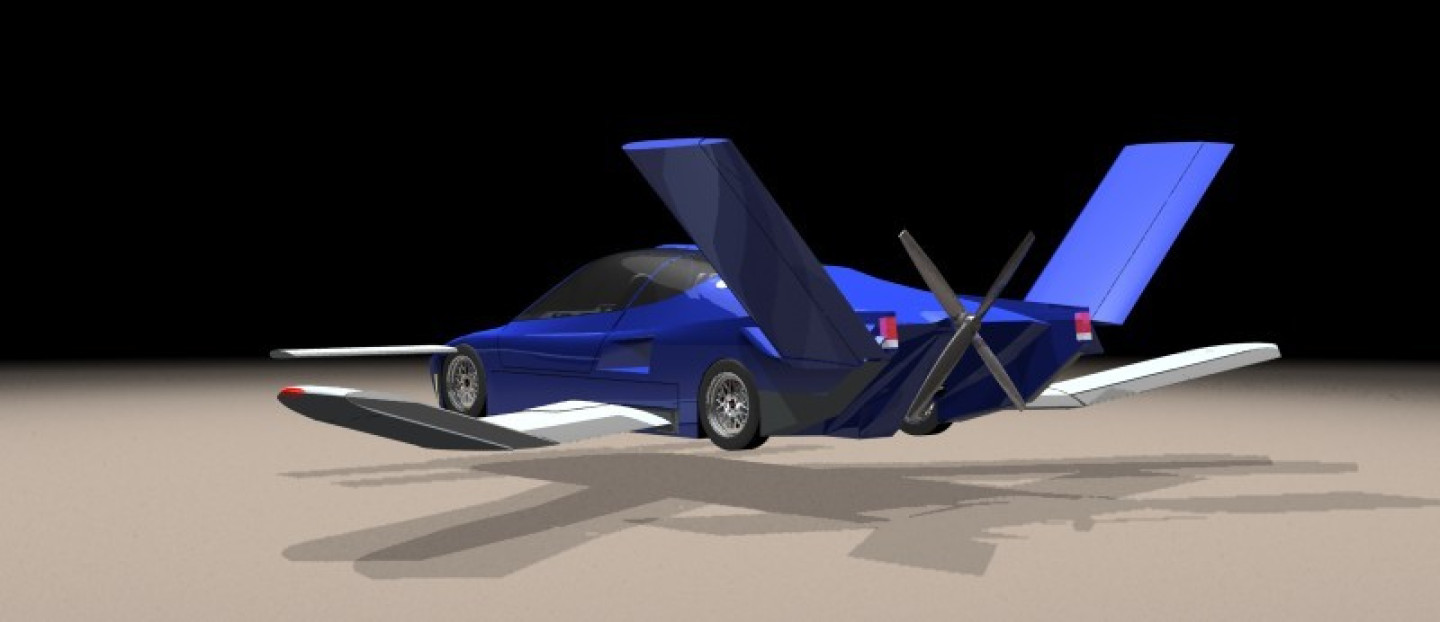Nasa Brings Driverless Cars One Step Closer

Nasa is working on guidance systems for flying cars that do not need a pilot. Instead, they will use computer-control air vacuum corridors in a similar way to some mass-transit systems.
Advances in materials, guidance systems and fuel efficiency paved the way for pilotless personal "aerocar". In 1986 there were 12 million electronic units in cars worldwide. By 2000 there were 200 million.
In the Nasa aerocars, sensors will allow seats to mould precisely to the weight, height and shape of a passenger, adjusting airbag and other safety systems accordingly. Engine lubricants may be replaced with nanostructured films overcoming worries about leaks or replacement. New coatings on the chassis make the exterior scratch and weather-resistant.
The advent of megacomputing and satellite guidance have brought fail-safe automatic pilots, vertical take-off and landing for small craft with superlightweight directional engines, nanofuels that triple propulsion efficiency and noise-cancelling baffles that recirculate engine exhaust.
© Copyright IBTimes 2025. All rights reserved.





















